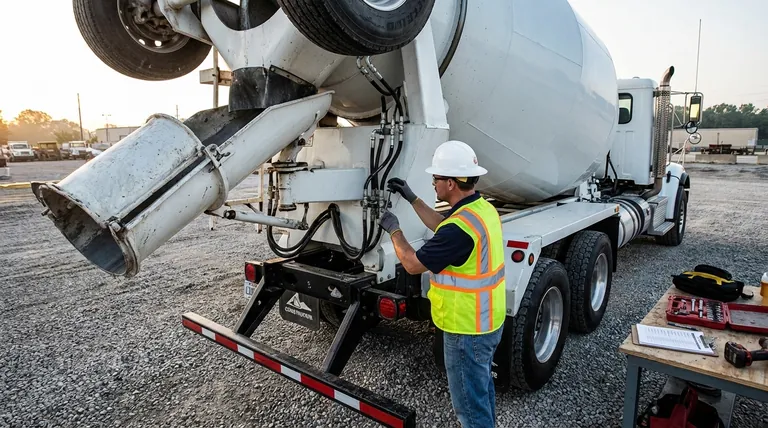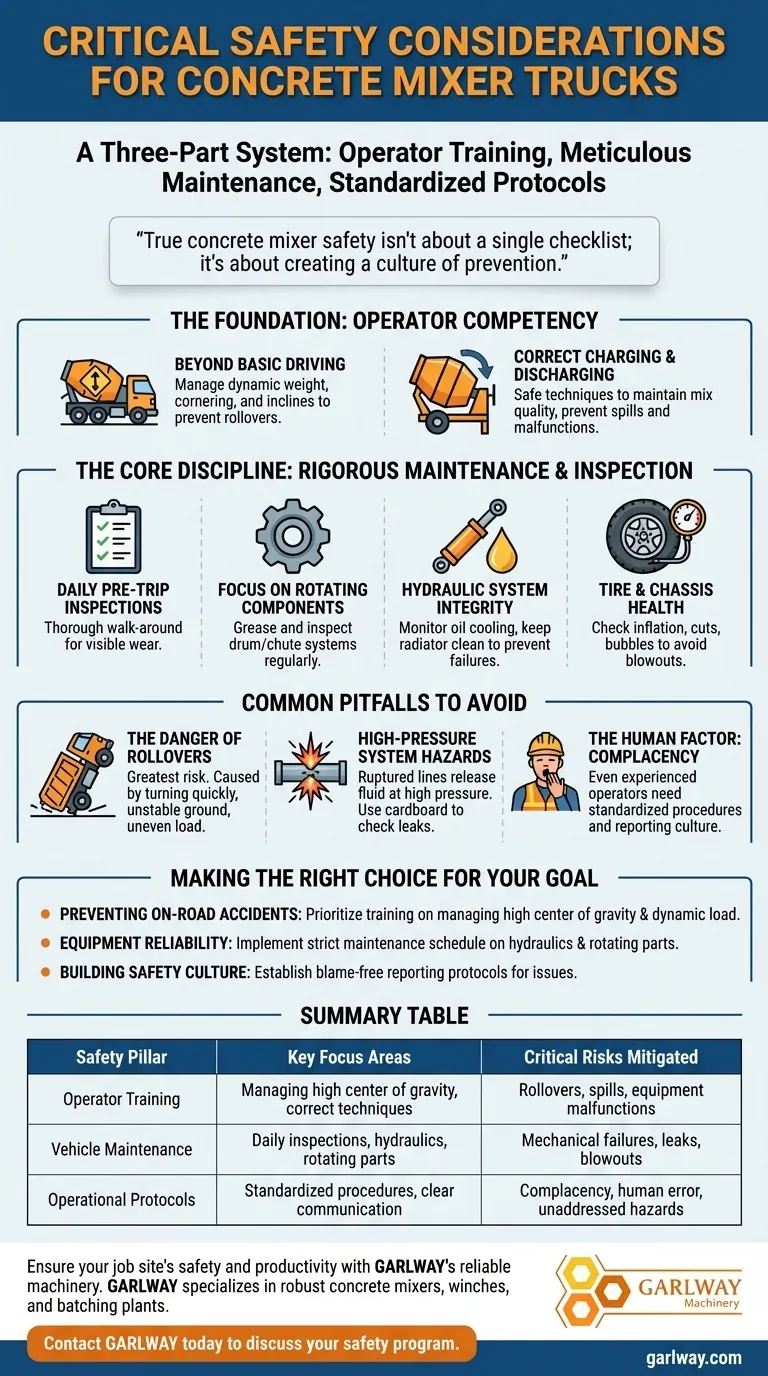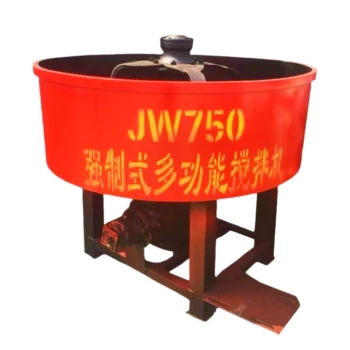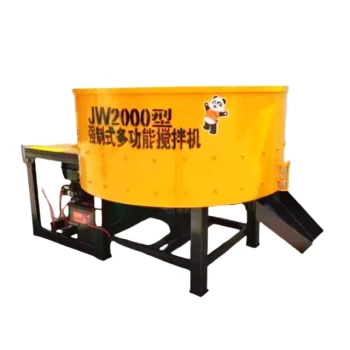The most critical safety considerations for operating a concrete mixer truck are built on a three-part system: rigorous operator training, meticulous vehicle maintenance, and standardized operational protocols. A failure in any one of these areas significantly increases the risk of accidents, equipment damage, and serious injury.
True concrete mixer safety isn't about a single checklist; it's about creating a culture of prevention. This system ensures a well-trained operator is using a perfectly maintained vehicle according to predictable, safe procedures every single time.

The Foundation: Operator Competency
An operator is the first and most important line of defense against accidents. Their training must go far beyond simply knowing how to drive the vehicle.
Beyond Basic Driving
A concrete mixer truck has a high center of gravity and a live, shifting load. Operators must be trained on how to manage this dynamic weight, especially when cornering, on uneven ground, or on steep inclines to prevent rollovers.
Correct Charging and Discharging
Safe and efficient operation hinges on using the correct techniques for loading (charging) and unloading (discharging) concrete. This training ensures the mix quality is maintained and prevents spills or dangerous equipment malfunctions during the process.
The Core Discipline: Rigorous Maintenance and Inspection
A mixer truck is a complex piece of machinery with powerful rotating and hydraulic parts. Mechanical failure is a primary source of incidents, making preventative maintenance non-negotiable.
Daily Pre-Trip Inspections
Before any operation, a thorough walk-around inspection is mandatory. This includes checking for visible signs of wear and tear on all major components.
Focus on Rotating Components
All universal rotating parts of the drum and chute systems must be greased and inspected regularly. A failure in these components during operation can be catastrophic.
Hydraulic System Integrity
The hydraulic oil radiator must be kept clean to function correctly. Operators should constantly monitor hydraulic oil cooling to ensure the machinery is functioning flawlessly and to prevent high-pressure system failures.
Tire and Chassis Health
Tires must be a key focus of inspection. They should be properly inflated and free of any cuts, bubbles, or significant wear that could lead to a blowout under load.
Common Pitfalls to Avoid
Understanding the specific, high-consequence risks associated with mixer trucks helps reinforce the importance of established safety protocols.
The Danger of Rollovers
The single greatest acute risk is a vehicle rollover. This is almost always caused by a combination of factors, such as turning too quickly, operating on unstable ground, or an unevenly distributed load.
High-Pressure System Hazards
A ruptured hydraulic line can release fluid at extremely high pressure, capable of causing severe injection injuries or burns. Never check for leaks with your hands; always use a piece of cardboard or wood.
The Human Factor: Complacency
Over time, even experienced operators can become complacent. This is why having standardized procedures and a culture where reporting minor issues is encouraged is so critical to long-term safety.
Making the Right Choice for Your Goal
To build an effective safety program, you must decide where to focus your immediate efforts.
- If your primary focus is preventing on-road accidents: Prioritize operator training on managing the vehicle's high center of gravity and dynamic load.
- If your primary focus is equipment reliability and longevity: Implement a strict, documented daily and weekly maintenance schedule focused on hydraulics and all rotating parts.
- If your primary focus is building a lasting safety culture: Establish clear, blame-free protocols for operators to report any vehicle issue or safety concern immediately, no matter how small.
Ultimately, a safe operation is a productive and professional one.
Summary Table:
| Safety Pillar | Key Focus Areas | Critical Risks Mitigated |
|---|---|---|
| Operator Training | Managing high center of gravity, correct charging/discharging techniques | Rollovers, spills, equipment malfunctions |
| Vehicle Maintenance | Daily pre-trip inspections, hydraulic system integrity, rotating parts greasing | Mechanical failures, hydraulic leaks, blowouts |
| Operational Protocols | Standardized procedures, clear communication, reporting minor issues | Complacency, human error, unaddressed hazards |
Ensure your job site's safety and productivity with GARLWAY's reliable machinery.
A safe operation is a productive one. GARLWAY specializes in construction machinery, offering robust concrete mixers, winches, and batching plants designed with safety and durability in mind for construction companies and contractors globally. Our equipment is built to support the rigorous maintenance and reliable performance that underpins a true safety culture.
Contact GARLWAY today to discuss how our machinery can be the reliable foundation for your safety program.
Visual Guide

Related Products
- Construction Products Concrete Plant Machine Mixing Concrete Mixer
- JDC350 Small Cement Concrete Mortar Mixer
- HZS90 Large Multiquip Concrete Mixers for Construction
- JW1000 Mobile Cement Mixer Concrete Mixer Truck and Batching Plant
- Auto Concrete Cement Mixer Machine New
People Also Ask
- How does concrete not harden in a truck? The Role of Continuous Agitation Explained
- Are there different types of concrete mix? Discover the Right Recipe for Your Project's Success
- Can a concrete mixer be used for mortar? Understanding the trade-offs for your project
- What are the 4 classifications of concrete mix? Choose the Right Mix for Your Project's Success
- How much does a batching plant cost? Uncover the True Investment for Your Project













